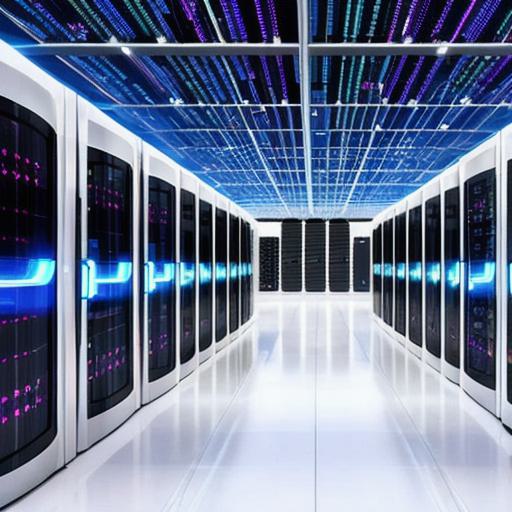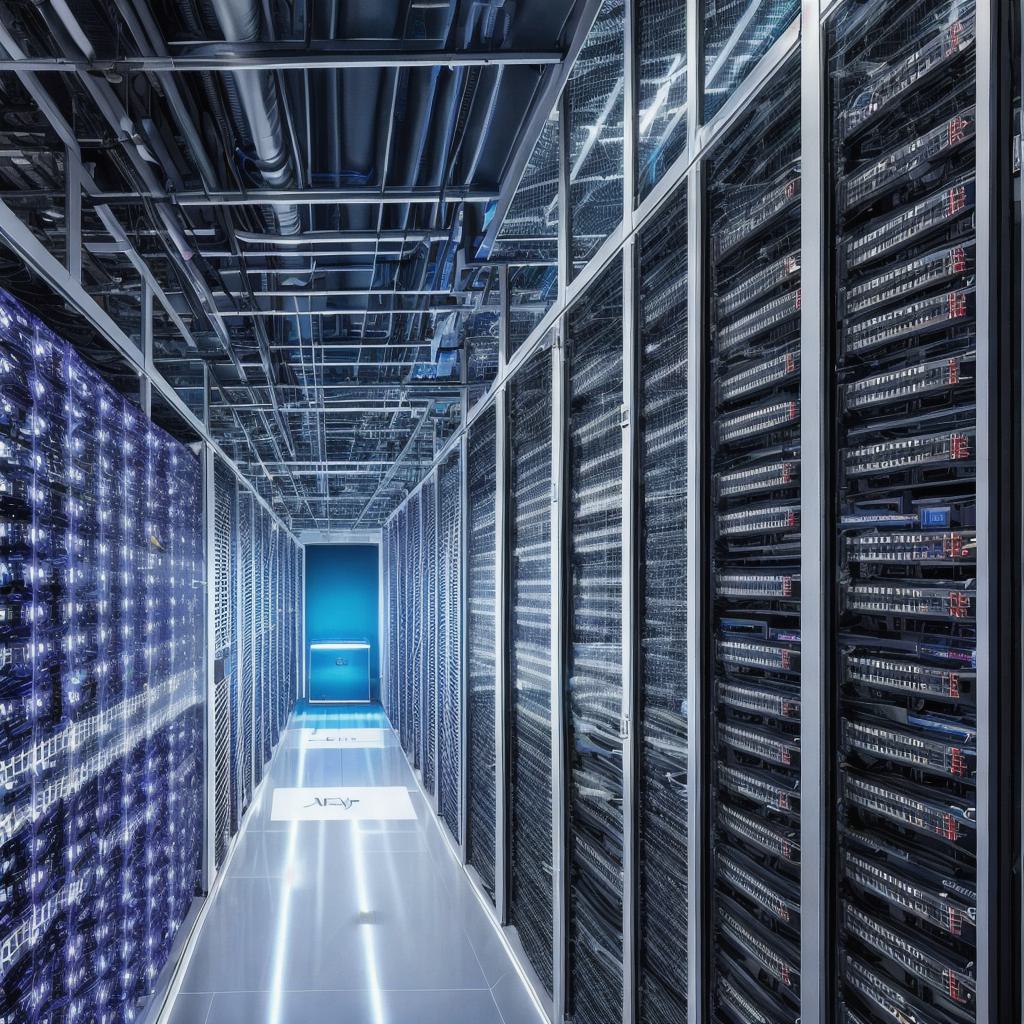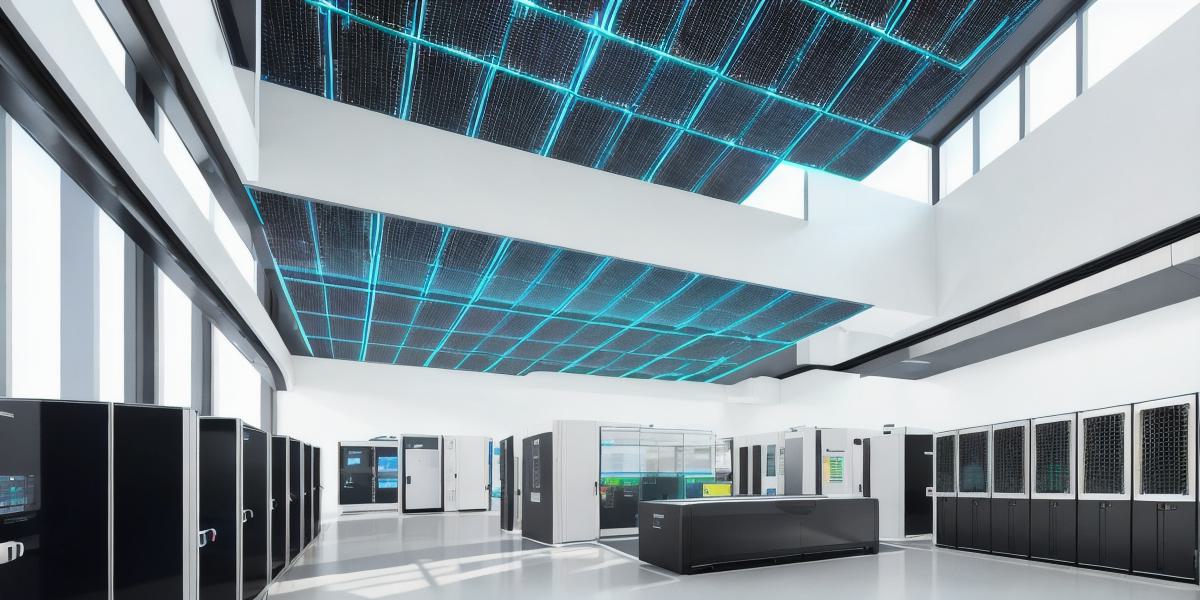Data centers have evolved significantly over the years, from traditional data centers to cloud data centers, and now to Data Center 3.0. This new generation of data centers comes with several key features designed to meet the demands of today’s digital economy.
1. Hybrid Multi-cloud Architecture: Data Center 3.0 supports hybrid multi-cloud architectures, allowing organizations to deploy workloads across multiple on-premises and off-premises environments as needed. This ensures business continuity and disaster recovery capabilities while providing flexibility and scalability.
2. Automation and Orchestration: Data Center 3.0 is built upon automation and orchestration tools that enable IT teams to manage their infrastructure more efficiently and effectively. These tools help reduce human error, increase operational speed, and improve overall performance.
3. Artificial Intelligence (AI) and Machine Learning (ML): AI and ML are integral parts of Data Center 3.0. They provide predictive analytics capabilities, allowing IT teams to proactively address potential issues before they become critical. Furthermore, these technologies enhance network security by detecting anomalous behavior and identifying potential threats in real-time.
4. High Density and Scalability: Data Center 3.0 is designed for high density and scalability, with the ability to accommodate large numbers of servers and storage devices within a limited footprint. This allows organizations to support their growing digital needs without having to constantly expand their physical infrastructure.
5. Open APIs and Interoperability: Data Center 3.0 emphasizes open APIs and interoperability, enabling seamless integration with third-party tools and services. This flexibility makes it easier for organizations to adopt new technologies as they emerge, ensuring a future-proof IT infrastructure.
Differences Between Data Center 3.0 and Previous Versions
Compared to traditional data centers, Data Center 3.0 offers several advantages:
-
**Flexibility:**
Traditional data centers were often inflexible, requiring significant capital investments for hardware upgrades or additional capacity. In contrast, Data Center 3.0 supports hybrid multi-cloud architectures and offers pay-as-you-go pricing models, allowing businesses to scale their IT infrastructure as needed while minimizing upfront costs.
- Efficiency: Data Center 3.0 is designed for maximum efficiency, with features like automation, orchestration, AI, ML, and open APIs streamlining operations and reducing human intervention. This not only saves time but also results in lower energy consumption and reduced carbon emissions.
* **Security:**
Security has always been a critical concern for data centers, and Data Center 3.0 addresses this need through advanced threat detection capabilities, network segmentation, access controls, and encryption. Moreover, the ability to integrate with third-party security solutions ensures comprehensive protection against both external and internal threats.


In conclusion, Data Center 3.0 represents a significant leap forward in data center technology. With its focus on hybrid multi-cloud architectures, automation, AI, ML, high density, scalability, open APIs, interoperability, and advanced security features, it offers businesses the flexibility, efficiency, and security they need to thrive in today’s digital economy.
